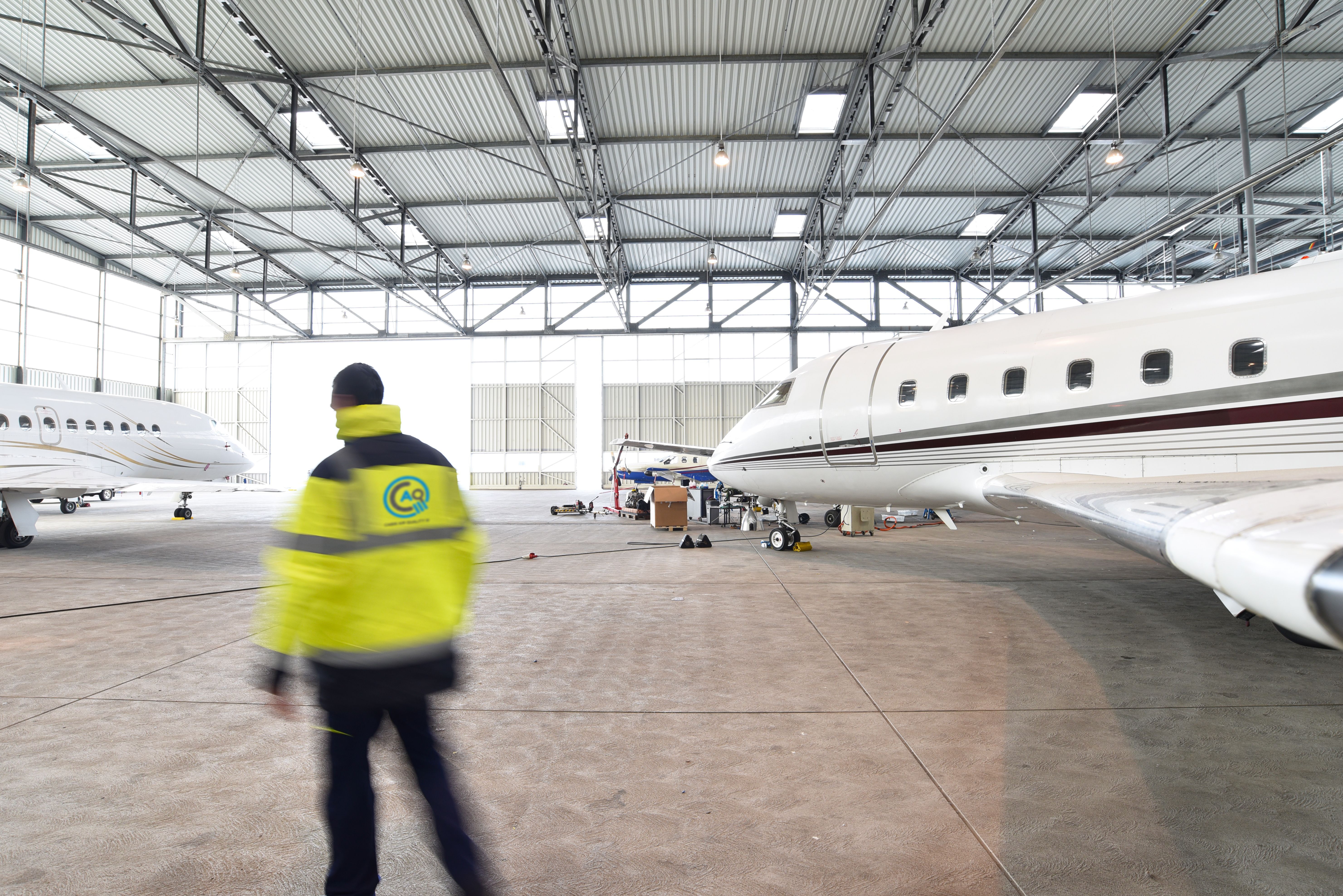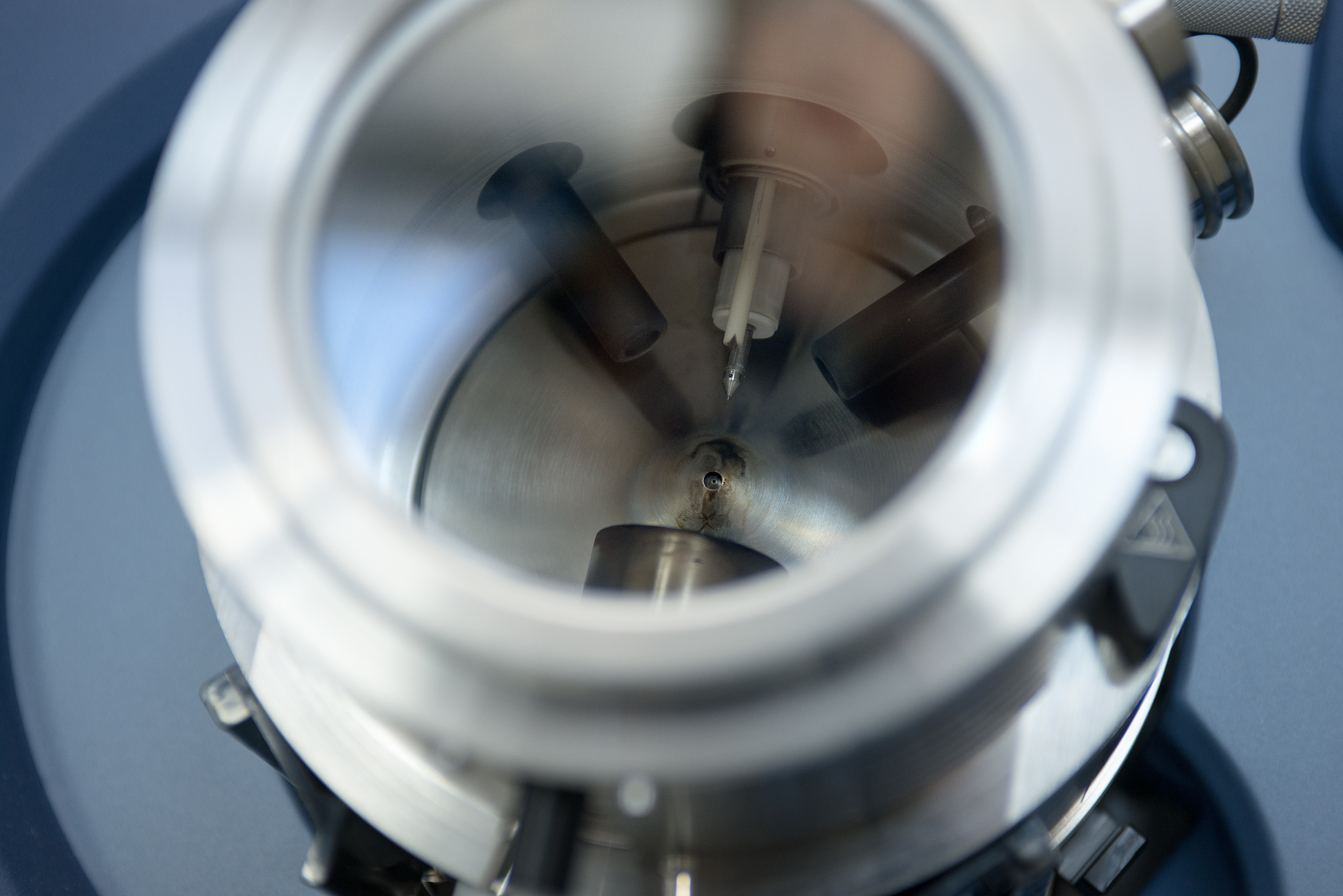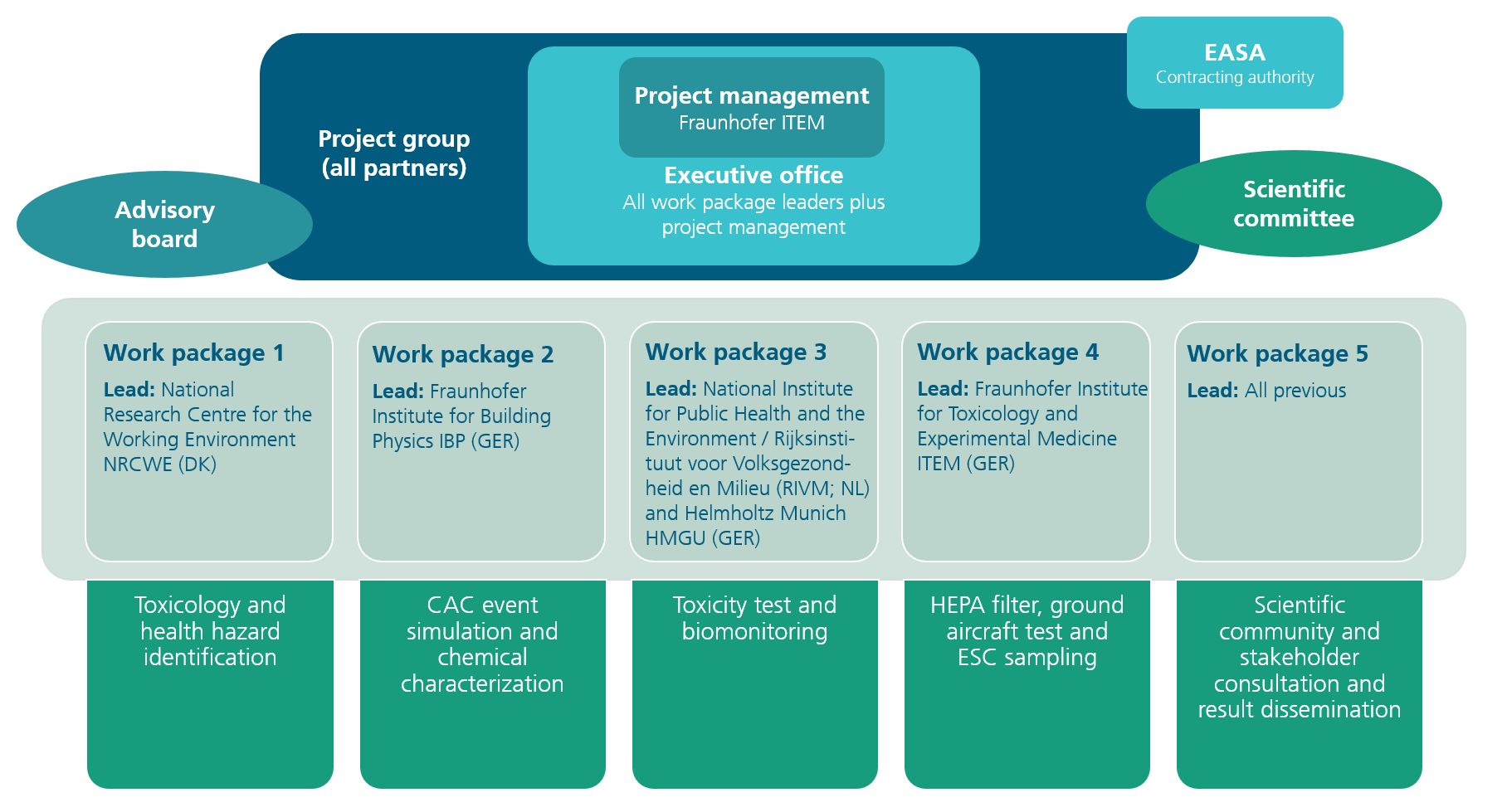Indoor air quality in the context of health and safety of airline passengers and crew members

The quality of the air that passengers and aircrews are exposed to on board commercial transport aircraft has been at the core of a continuing debate for the past 60 years, both from the health and the safety points of view. This debate about cabin or cockpit air quality (CAQ) addresses most specifically single cabin/cockpit air contamination (CAC) events – e.g. due to potential oil leaks – and the intrinsic quality of the cockpit/cabin air in normal operating conditions.
A number of investigations and research projects have been conducted by various scientific teams, involving in-flight measurements, but so far has not allowed a complete characterization of the chemical compounds involved in CAC events, determination of sources and exposure levels to contamination, nor performance of comprehensive toxicological risk assessment for such events.
EASA, supported by the European Commission, has launched the new research project ”Cabin air quality assessment of long-term effects of contaminants” aimed at collecting additional scientific evidence concerning CAC events to root more extensive assessment of health risks and to support the evolution of aviation standards in this subject area.
The need and scope for additional scientific evidence were determined at the EASA workshop 2020 (go to the workshop website) together with the stakeholders who were actively involved there.
 Fraunhofer Institute for Toxicology and Experimental Medicine
Fraunhofer Institute for Toxicology and Experimental Medicine

